Karpov against the Isolated Queen’s Pawn
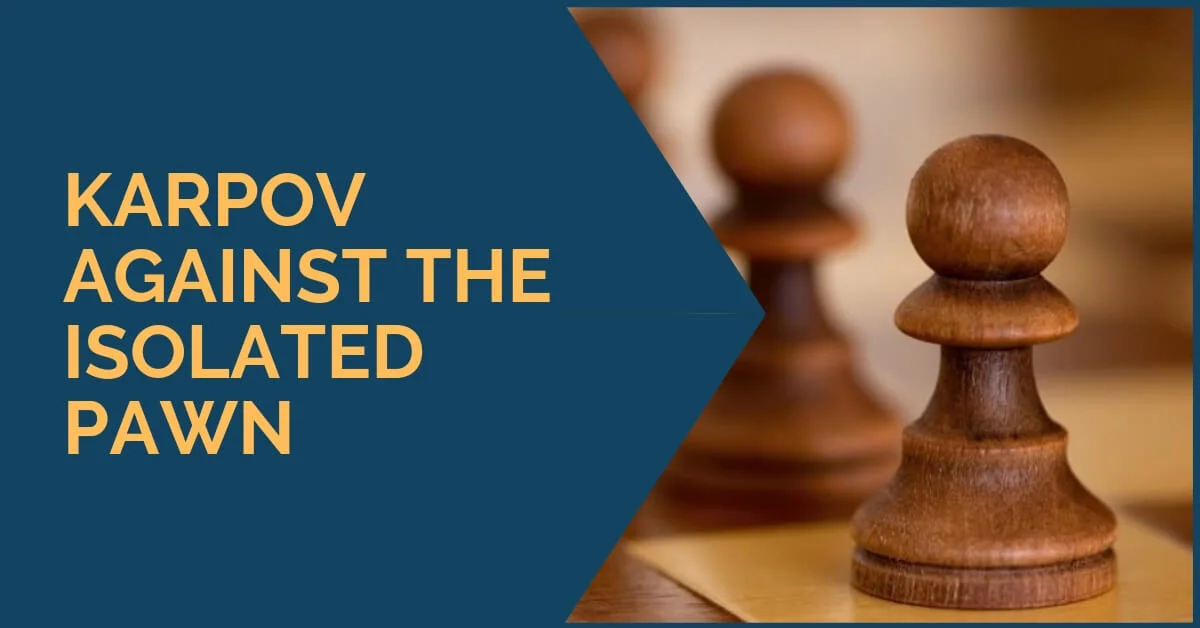
Typical maneuvers that every chess player must know. The Isolated Central Pawn or IQP (isolated queen’s pawn) is one of the classic structures in that every player must learn how to play with both sides. It is a unique structure with established characteristics and plans of playing with it or against it. Part of chess mastery is to know what to do in both situations and how to asses correctly these types of positions.
In this article, we look at one of the best players of all times, the World Champion Anatoly Karpov, and how he played against the isolated pawn.
Karpov was a very strong player all around, but it was his positional play what was even more outstanding. In his games, we can find the beauty of logical thinking. Before we move on to the examples it is always good to refresh some concepts that are well known.
When playing against the Isolated Queen’s Pawn:
- It is essential to control the square in front of the IQP
- A knight is a perfect blockader
- Occupation of the square is not as important as the control of the square
- We must prevent the advance of the central pawn for as long as we can
- Trading pieces often increase our winning chances
Meanwhile, the side playing with the IQP will try to do all the opposite. He will try to push the pawn forward, he will aim for active play, try to avoid trading pieces and so on.
Example number 1:
We’ll start with perhaps one of the most famous Karpov’s games, his victory against Viktor Korchnoi. Let us have a look at the position that arose in the middle game:
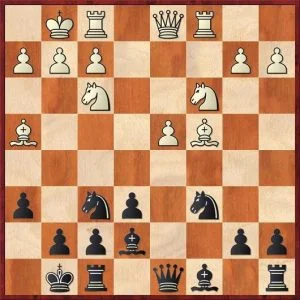
Korchnoi-Karpov Wch Merano, 1981
Black to Play
How should black continue in this position?
A sensible answer is to play b6 with the idea of Bb7. A simple calculation shows that the advance d4-d5 does not bring white anything in particular. However, Karpov went for a more straightforward approach, which forces simplifications and seizes control over the d5 square, all at once.
See the answer here:
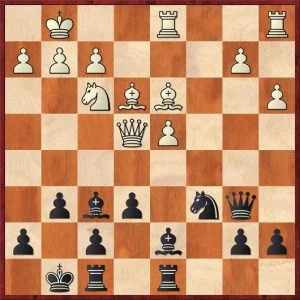
Kamsky,G – Karpov, A Elista 1996
Black to play
White has just played 17.Be3 and is threatening to play 18.Qf4, after which d5 will become a serious concern.
How should black react? Karpov went for the ideal way of regrouping his pieces and quickly gained control over the square d5. In this example, it is worth noticing that control was far stronger than the occupation of the square.
See the answer here:
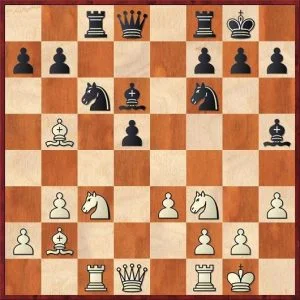
Karpov, A – Lautier, J Montercarlo 2000
White to play
The scenario here is slightly different. This time we see Karpov as white playing against the IQP.
What is the best way to continue?
It is interesting to observe the pattern that shows up repeatedly – Karpov aims for static play/exchange of pieces and tries to reduce any attempt for activity by his opponent.
See how Karpov played the same thematic idea he used against Korchnoi in 1981, only this time with white!
To sum things up, we can say the IQP positions are dynamically balanced. Both sides have equal chances, but the strategies for each side are completely different.
These positions have a nature of their own and those who understand them well are happy to play them with either side. It is not a surprise that Karpov himself was also a great player on the side with the IQP, but that is the subject for another article.
Thank you for reading and as usual, feel free to contact us and share your thoughts with us.



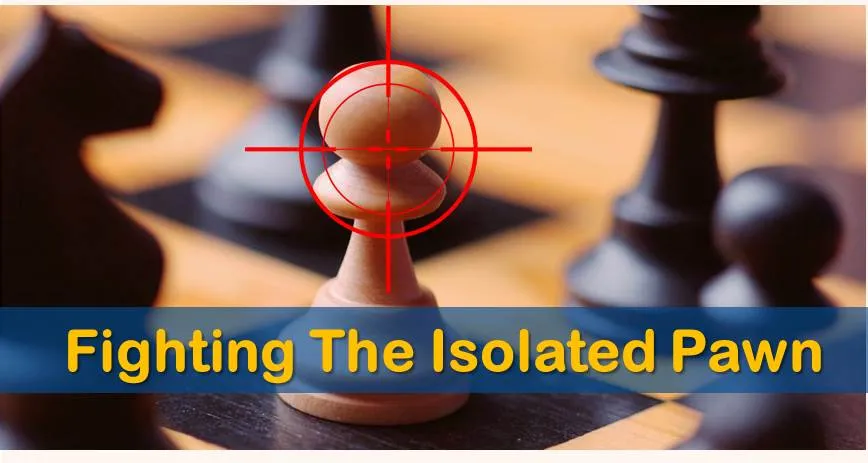
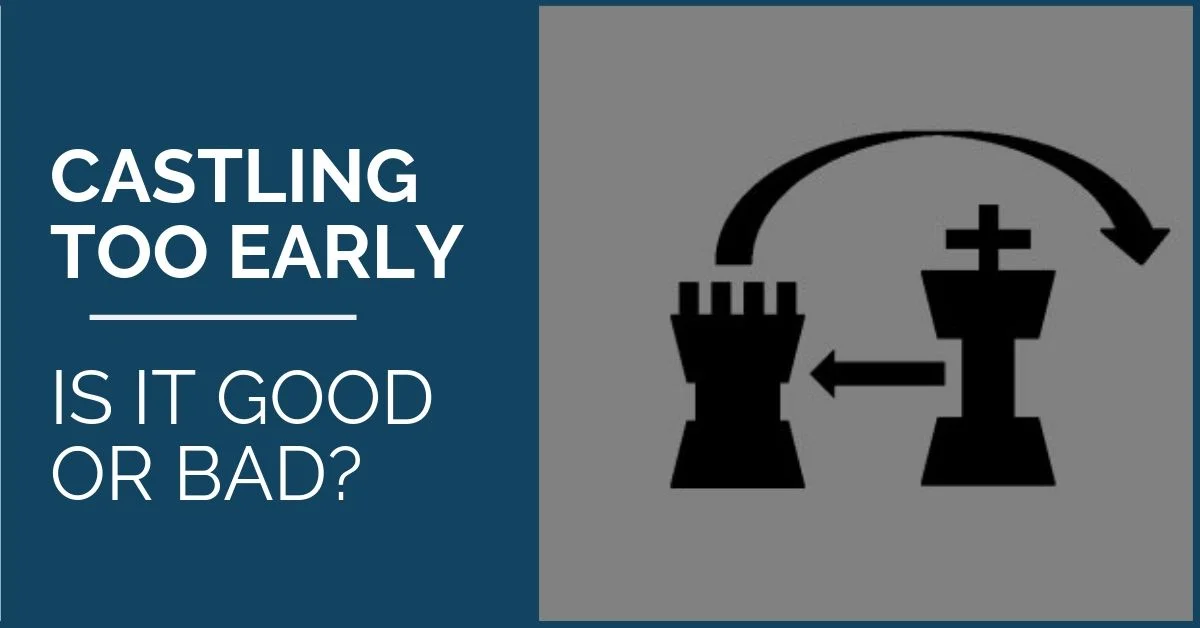
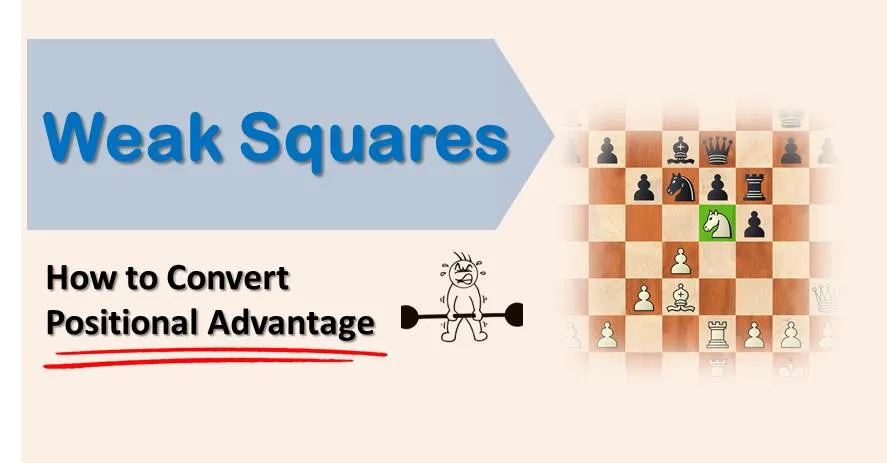




Comments: